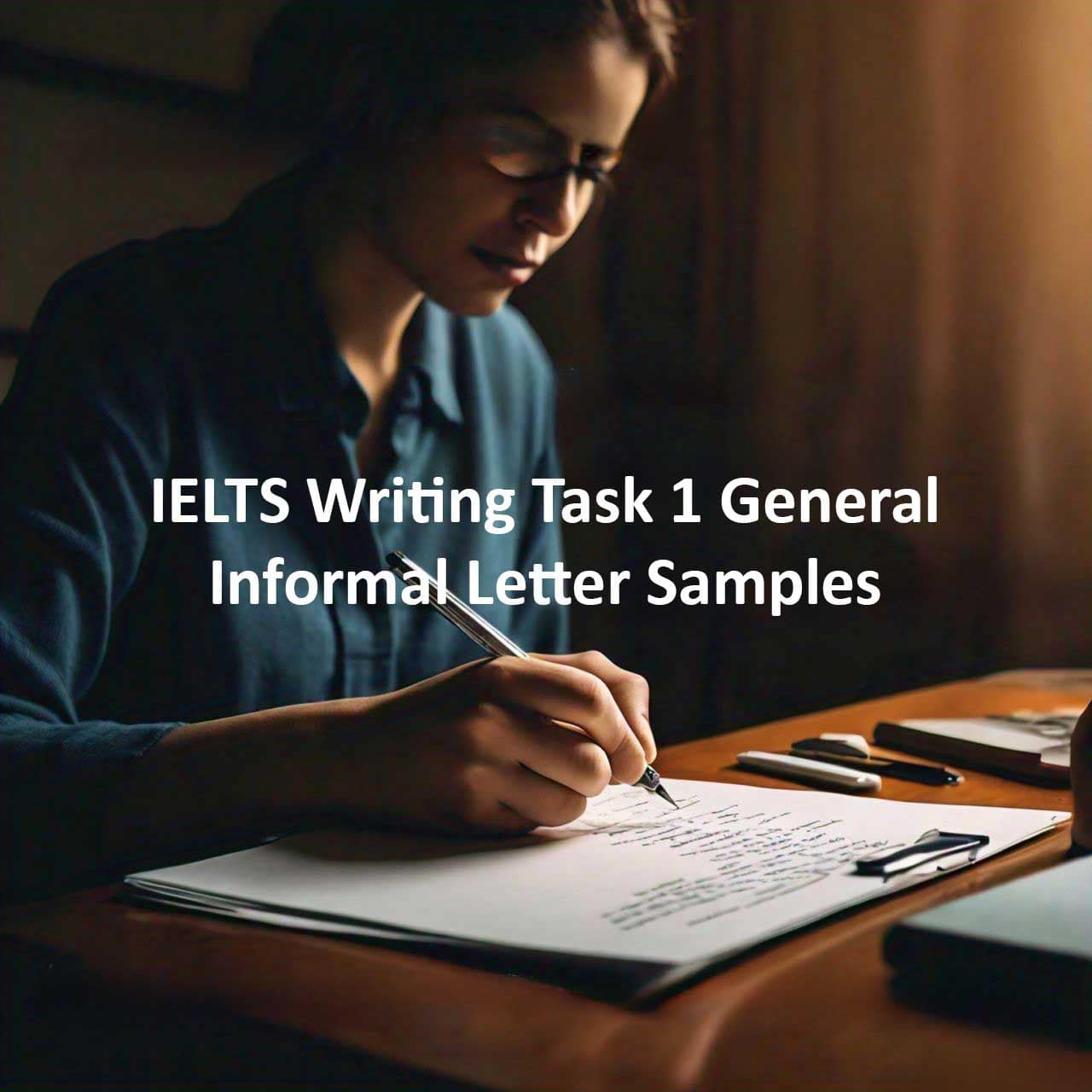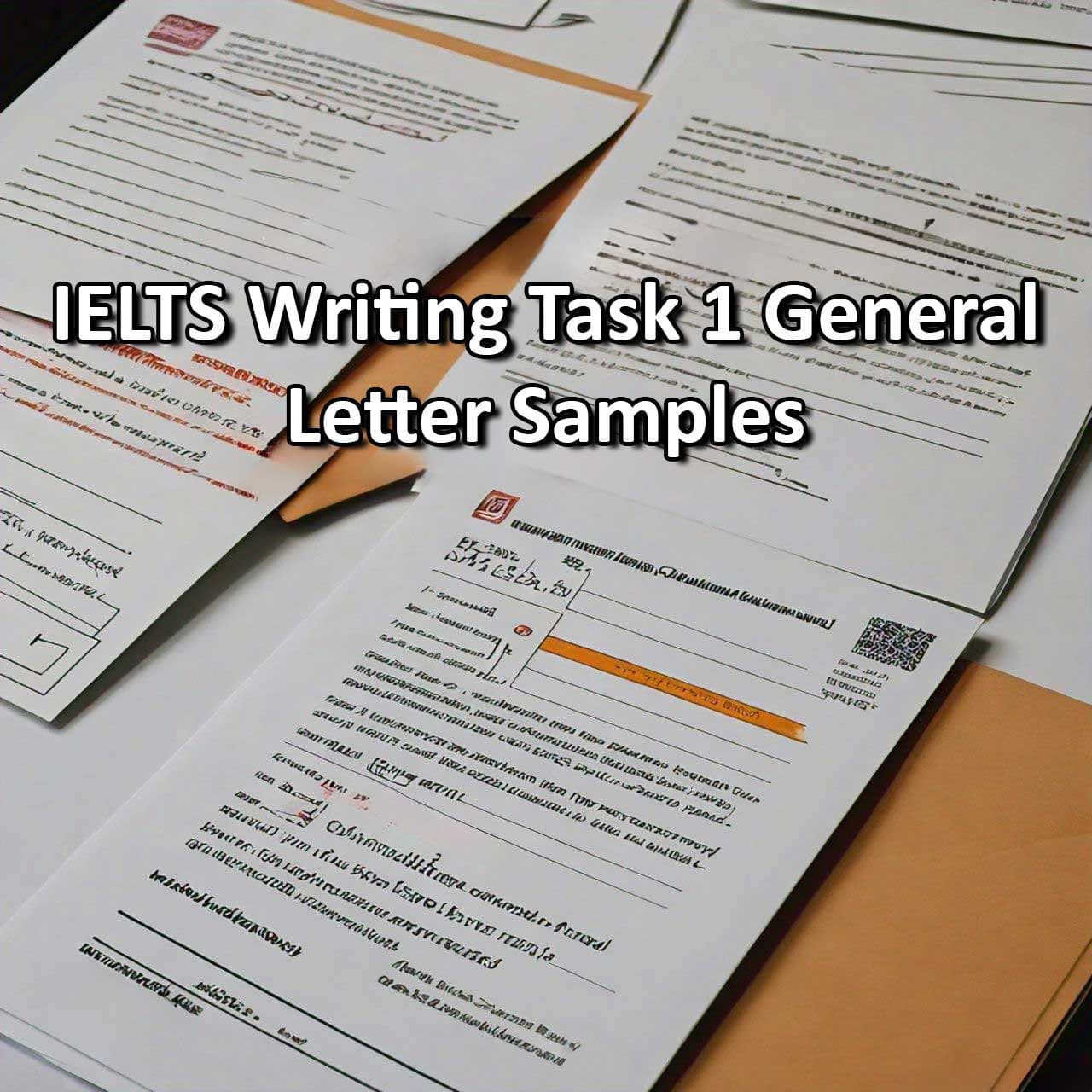In the Academic version of the IELTS Writing test, Task 1 presents candidates with a visual representation of information, such as graphs, charts, tables, or diagrams, and requires them to describe and interpret the data. Being familiar with common topics that may appear in Task 1 can help candidates prepare more effectively and approach the writing task with confidence. In this blog post, we’ll explore some common topics for IELTS Writing Task 1 (Academic) and provide valuable tips to help candidates succeed.
Table of Contents
Understanding IELTS Writing Task 1 (Academic):
IELTS Writing Task 1 (Academic) assesses candidates’ ability to interpret and describe visual data accurately and coherently. Candidates are required to analyze and report information presented in the form of graphs, charts, tables, diagrams, or maps. The task may involve describing trends, comparing data, or summarizing information presented in the visual representation.
Common Topics for IELTS Writing Task 1 (Academic):
1. Line Graphs:
Line graphs illustrate trends or changes over time. Common topics include:
– Trends in population growth or decline
– Changes in temperature, rainfall, or weather patterns
– Fluctuations in economic indicators such as GDP or unemployment rates
2. Bar Charts:
Bar charts compare categories or groups of data. Common topics include:
– Comparisons of sales figures for different products or regions
– Distribution of age groups in a population
– Frequency of certain activities or behaviors across different demographics
3. Pie Charts:
Pie charts show the distribution of a whole into parts. Common topics include:
– Distribution of household expenditure across various categories (e.g., food, housing, transportation)
– Proportions of different energy sources in a country’s energy production
– Allocation of budget funds to different sectors or projects
4. Tables:
Tables present data in a structured format. Common topics include:
– Comparison of data across different time periods or categories
– Survey results or research findings presented in tabular form
– Characteristics or attributes of various products, services, or demographics
5. Process Diagrams:
Process diagrams illustrate a sequence of steps or stages in a process. Common topics include:
– Manufacturing processes (e.g., production of a product, assembly line)
– Natural processes (e.g., water cycle, life cycle of a plant)
– Instructions or procedures for completing a task (e.g., how to make a cup of tea, how to use a piece of equipment)
Tips for Success:
1. Analyze the Visual Representation:
Carefully analyze the visual representation provided and identify key trends, patterns, or relationships in the data. Pay attention to titles, labels, axes, and legends to understand the information presented accurately.
2. Plan Your Response:
Before writing your response, take a few minutes to plan your approach. Organize your ideas logically, decide on the main points you want to include, and consider the structure of your essay (introduction, body paragraphs, and conclusion).
3. Use Appropriate Vocabulary and Grammar:
Use a range of vocabulary related to the topic and data presented. Include specific terms, descriptors, and expressions to accurately describe the information. Pay attention to grammar, sentence structure, and coherence to ensure clarity and precision in your writing.
4. Provide Detailed Descriptions and Comparisons:
Provide detailed descriptions of the data presented in the visual representation. Compare and contrast different categories or groups of data, highlight significant trends or variations, and explain any notable observations or patterns.
5. Summarize Key Points:
Summarize the main points or trends identified in the visual representation in your conclusion. Provide a brief overview of the data and restate any important findings or implications highlighted in your analysis.
Conclusion:
Familiarity with common topics for IELTS Writing Task 1 (Academic) and effective preparation strategies can significantly enhance candidates’ performance on the writing test. By understanding the task requirements, analyzing the visual representation, planning your response, using appropriate vocabulary and grammar, providing detailed descriptions and comparisons, and summarizing key points effectively, candidates can approach Task 1 with confidence and achieve their desired band score in the IELTS Writing test.



